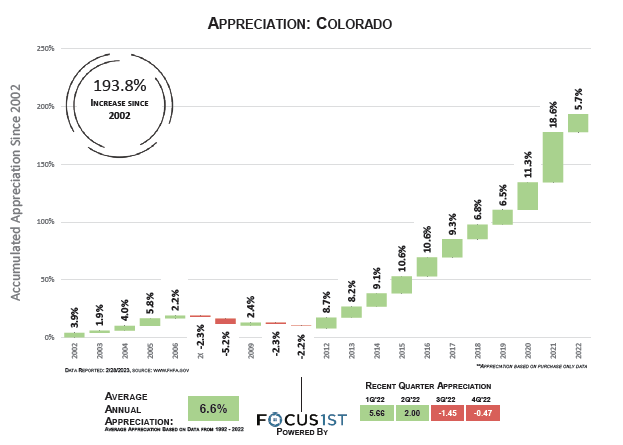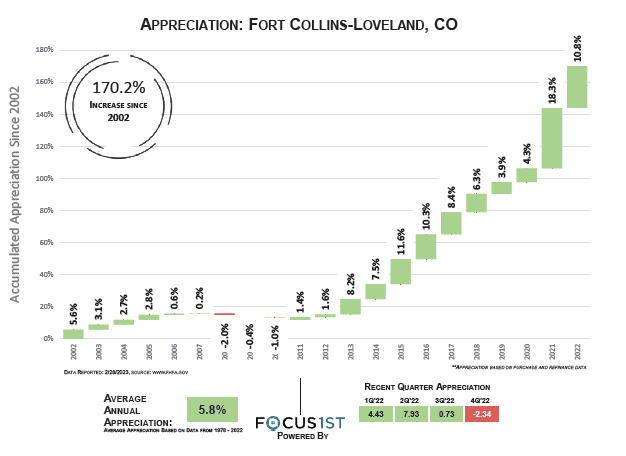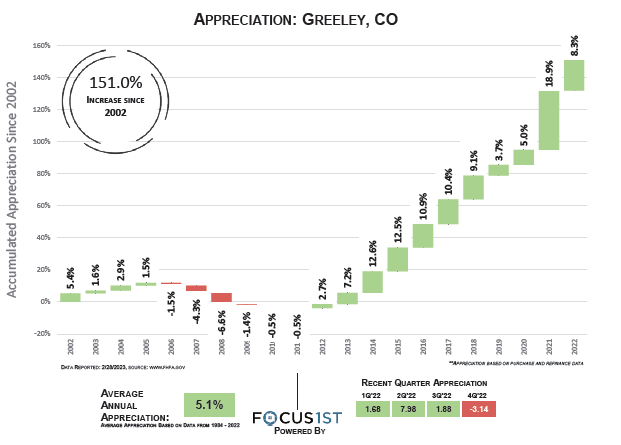


Last month, mortgage rates dipped, home prices slid from their peaks and home shoppers felt the possibility of a home-buying heat wave and gingerly tested the water.
Nationwide, home buyers came out of hibernation. Mortgage applications surged, open houses bustled, and multiple offers ruled for the most desirable homes, reports Realtor.com. In the first week of February, mortgage applications rose nearly 46% from the previous four weeks, according to the Mortgage Bankers Association. Rates had fallen from more than 7% late last year to just below 6% at the beginning of February. Senior Economist George Ratiu of Realtor.com says we may see a potential spring thaw for the housing market, but it’s still too early to tell. There’s a see-saw factor: After the recent drop, mortgage rates climbed again—up to 6.43% for 30-year fixed rate loans. The increase adds about $100 a month to the typical mortgage payment.

Why mortgage rates rose again, after dipping.
A main driver of mortgage rates is the interest rate set by the U.S. Federal Reserve. Over the past several quarters, the Fed has raised its rates in an effort to lower inflation by slowing the economy. The recent better-than-expected unemployment report, which showed the lowest unemployment since 1969, has many expecting the Federal Reserve’s interest rates to stay high for a while longer.
The role of the housing supply
Limited inventory — or the available homes for sale — contributes significantly to the competitiveness of the housing market. The downward pressure on inventory persists as long as interest rates stay high. When mortgage rates are high, homeowners who would typically move into a larger home or downsize into a smaller one sit tight in their current home unless they can make an all-cash purchase. “Most would prefer to hold on tight to the ultralow rates they locked in during the COVID-19 pandemic instead of having to get a new mortgage with a higher rate,” writes realtor.com.

The psychological watermark for many is 5% — if mortgage rates drop below 5%, more homeowners would likely put their homes up for sale. Lower rates tend to affect inventory and boost buyers’ buying power positively. Buyers can afford to borrow 10% more for every percentage point drop.
Watch for the housing market’s reality check to begin in March. As warmer months set in, so will the traditional home-buying season — prime time for real estate. As buyers come forward and multiple offers emerge, sometimes with a bidding war, prices typically rise. When the homebuying activity increase, we’ll get a hint of the housing market for the near future.
Source: AtHomeColorado.com





Leave a Reply